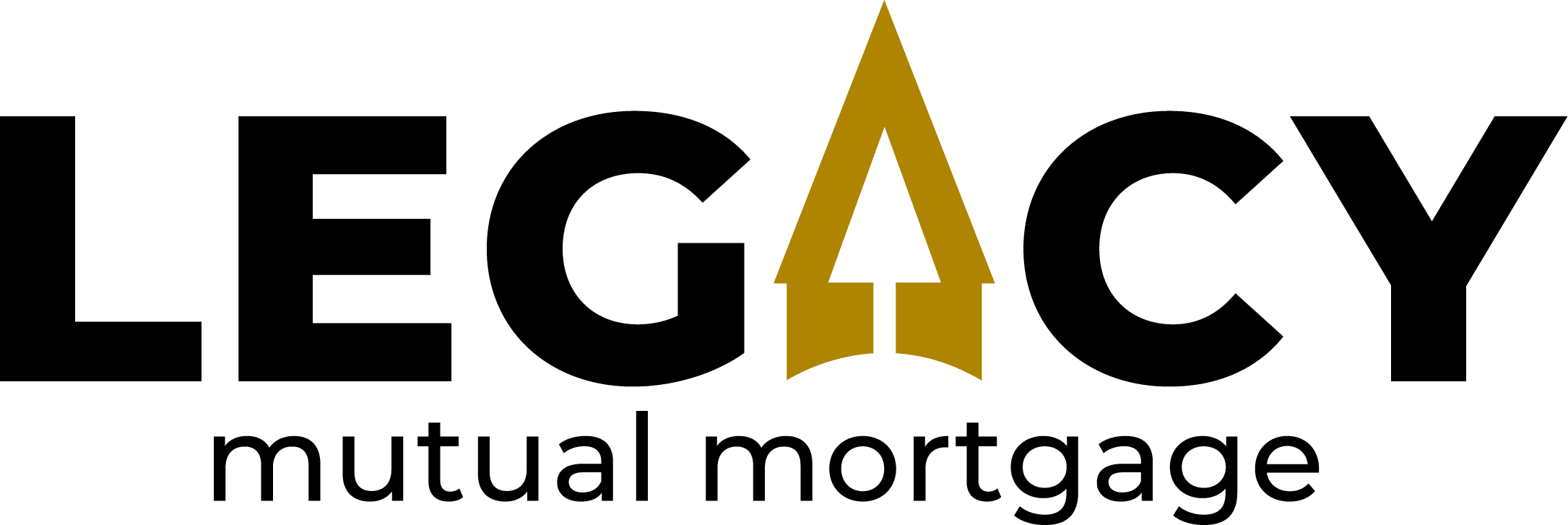A bridge loan is a short-term loan which is used until a person can secure permanent financing, or until the person pays a current obligation. By providing immediate cash flow, a bridge loan makes it possible for the borrower to keep up with current obligations. A bridge loan has many names, such as interim financing, gap financing, or swing loans. They help to “bridge” the gap when financing is needed immediately but there is no current way of obtaining it.
Bridge loans allow funding for a new home while homeowners wait for their current home to sell. This can help with the transition period from one home to the next. They use the equity from their current home towards their down payment for their new home. Essentially, bridge loans give borrowers extra time to not stress over selling their home immediately to purchase a new one.
Lenders are selective with who they give these loans to; they usually select those with excellent credit and low debt-to-income ratios (DTI). Applying for a bridge loan will look very similar to applying for a conventional mortgage. Your loan officer will look at your credit score, credit history, and DTI. Bridge loans combine the mortgages of the two homes together, which in turn gives the homebuyer more wiggle room while they wait for the old house to sell. However, lenders only offer bridge loans worth 80% of the combined value of the two properties.
Compared to traditional loans, bridge loans usually have a faster application, approval, and funding process. They do come with some hinderances, though, including short terms, high interest rates, and large origination fees. Borrowers are generally fine with these terms as they are in need of quick funding. Because the loan is short term, they know the interest rates won’t have too much of an impact and so borrowers are willing to accept these terms.
There are several pros and cons to getting a bridge loan. A pro is that they provide the borrower with short term cash flow, meaning they can purchase a new home before selling their current one. Another pro is that it provides additional funds for an unforeseen event that might occur. Borrowers also could potentially only pay interest payments until you sell. As far as cons go, there are of course the high interest rates that come with bridge loans, but if the homeowner still has a mortgage, they’ll have to pay that as well. Another con is that many financial institutions will only grant borrowers a bridge loan if they also use that same financial institution to obtain their new mortgage.
Bridge loans are a great way to grab a little extra time in the transition from one house to another. If you’re considering a bridge loan, visit our locations page to see what’s offered in your area!

